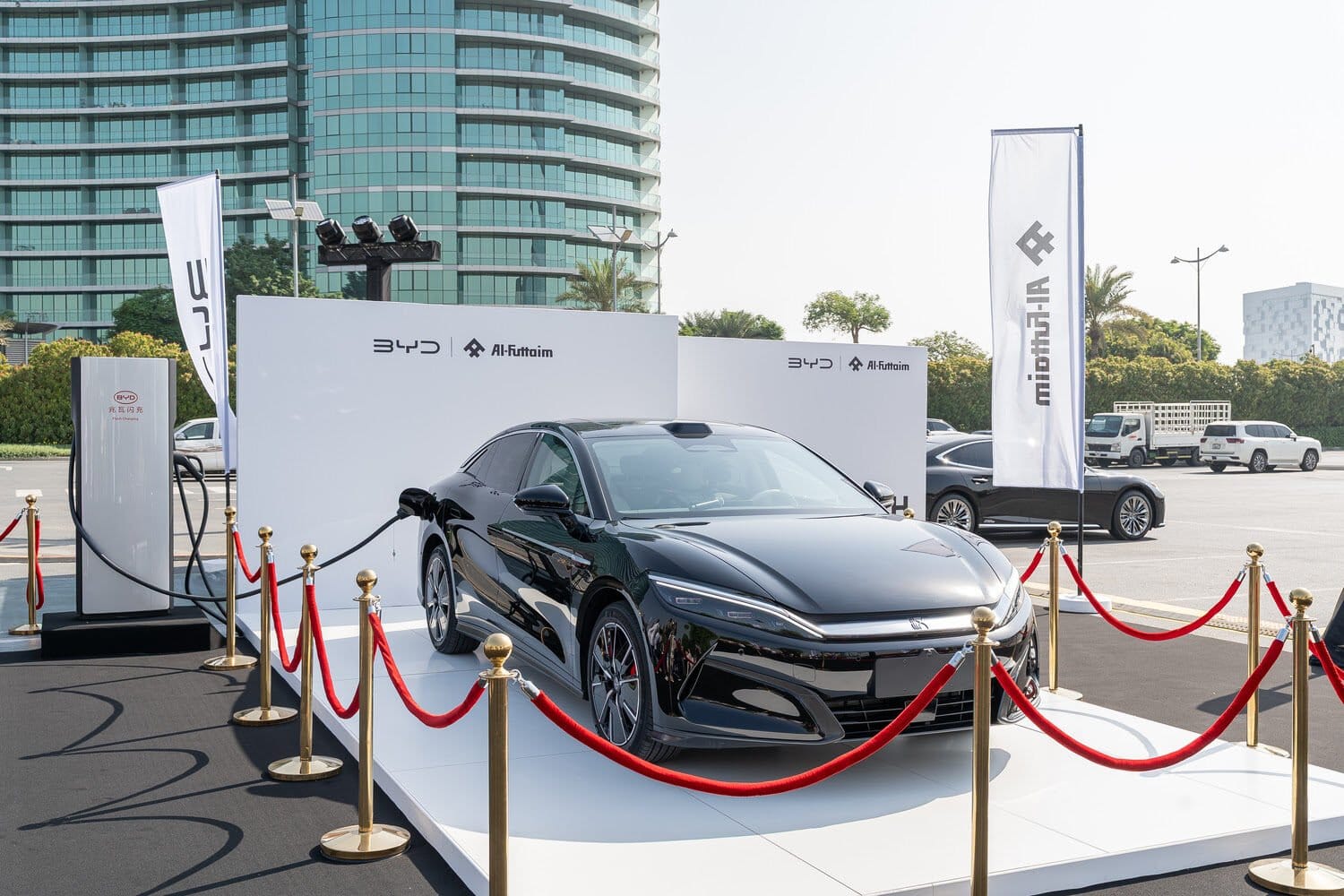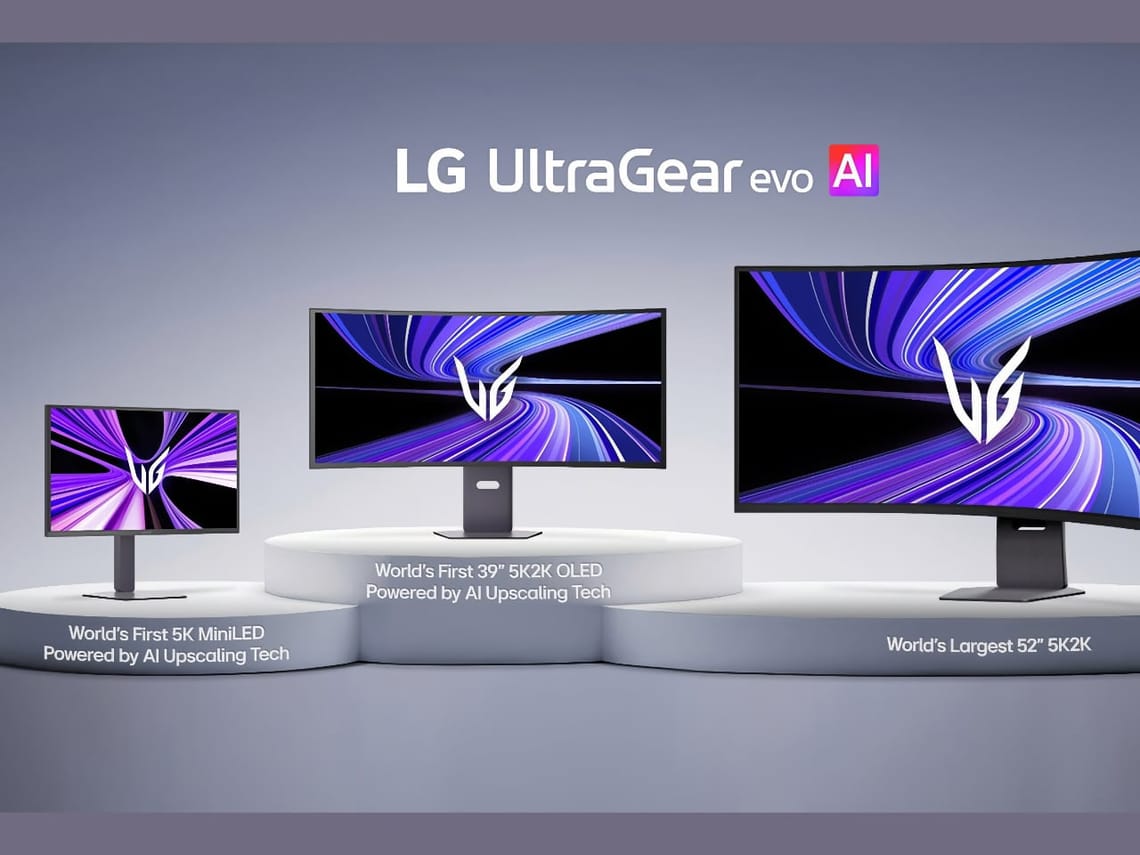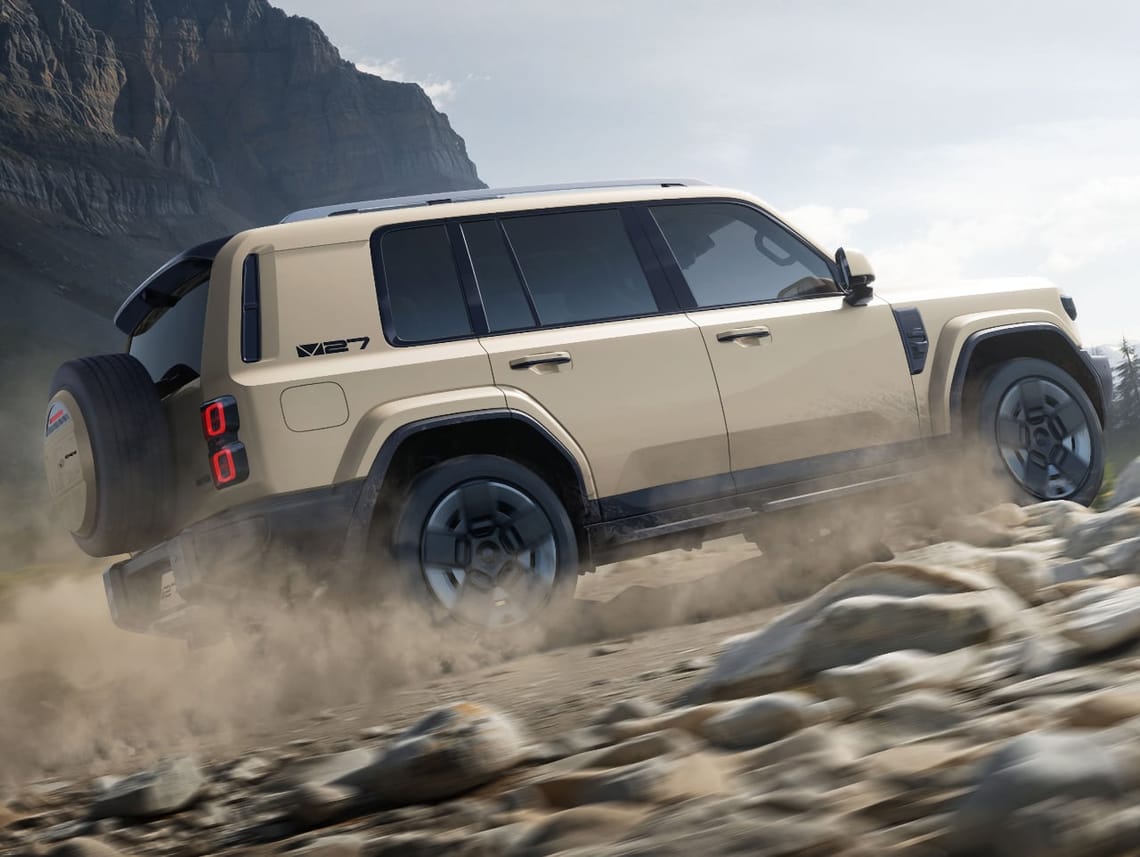BYD and Al-Futtaim have shown off Megawatt Flash Charging in the UAE. The demo promised up to 400km of range in five minutes on a 1,000kW DC system built on BYD’s Super e-Platform and Flash Charging Battery. The pitch is simple: make charging feel as quick as a petrol stop and cut a major barrier to EV ownership. Launch dates, sites and supported models will follow. Claims of 1MW peak and “2km per second” match BYD’s March 2025 tech reveal and subsequent coverage.
What BYD says this tech can do
BYD’s system aims to deliver charging speeds that rival refuelling.
- Up to 1,000kW (1MW) peak power on a 1,000-volt architecture
- Up to 1,000A and a claimed 10C rate
- “2km of range per second” or ~400km in five minutes (peak)
- Liquid-cooled terminals with up to 1,360kW output capacity
In March 2025, BYD detailed its Super e-Platform and Flash Charging Battery with these headline numbers. Media reports since then have repeated the 400km/5min figure and 1,000kW peak—roughly double Tesla’s current 500kW ceiling. BYD also highlights a fully liquid-cooled terminal stack rated up to 1,360kW, which provides headroom for multi-gun or future models. As always, peaks depend on the car, the charger, and conditions.
Why it matters for UAE drivers
Fast charging is only useful if it’s available where you drive.
- UAE targets net-zero by 2050 and is scaling EV infrastructure
- Dubai has separate projects for 200+ DC fast chargers by 2026
- New local networks like ForEVo are rolling out ultra-fast sites
- BYD + Al-Futtaim add brand-specific high-power capability
The UAE’s Net Zero 2050 initiative sets the policy backdrop for cleaner transport. On the ground, new DC projects are going live and expanding in the next 12–24 months, which should help support higher-power cars as they arrive. BYD’s megawatt-class system sits above most public chargers today, but the local infrastructure trend is moving in the right direction.
What we still don’t know (and what to watch)
BYD and Al-Futtaim kept some key details for a later announcement.
- Rollout timeline and first UAE locations
- Which BYD models in the UAE will support 1MW peaks
- Real-world charging curves, not just peak figures
- Session pricing and payment options in AED
BYD has teased model compatibility in global briefings (with various launch models cited abroad), but UAE specifics weren’t shared at the showcase. Actual stop-to-stop time will hinge on the charging curve—how long the car holds high power—plus stall availability and pricing. These will decide if five-minute top-ups are common or just ideal-case demos. We’ll update when Al-Futtaim publishes sites and supported vehicles for the Emirates.
How this compares in context
Megawatt charging is a big leap, but it’s part of a wider race.
- 1,000kW peaks outpace most public DC chargers in the region today
- Competing networks are growing, though at lower peak rates
- High-C charging raises questions on battery thermal management
- Benefits are strongest on long trips and fleet turnaround
Analysts and international outlets note rapid-charging’s upsides for range anxiety, but also point to infrastructure cost, grid impact and battery wear if not managed. BYD’s liquid-cooling and high-voltage design aim to keep temperatures in check, while wider UAE deployment will depend on site power and grid upgrades. For many owners, home AC charging remains the daily default; megawatt DC is the “splash and go” for road trips and fleets.
Is 400km in five minutes guaranteed?No. It’s a peak claim under ideal conditions. Real results depend on the model, battery state of charge, temperature and charger availability. We need UAE-specific charging curves once cars and sites launch.
Which BYD models in the UAE will support Megawatt Flash Charging?Not yet confirmed for the UAE. BYD has named models in global announcements, but Al-Futtaim will publish local compatibility closer to launch. Check BYD UAE for updates.
How does this help the UAE’s Net Zero 2050 plan?Faster charging reduces a key adoption barrier. More EVs on the road, supported by cleaner power, supports the Net Zero 2050 pathway. Policy and infrastructure must scale together.
Subscribe to our newsletter to get the latest updates and news










Member discussion